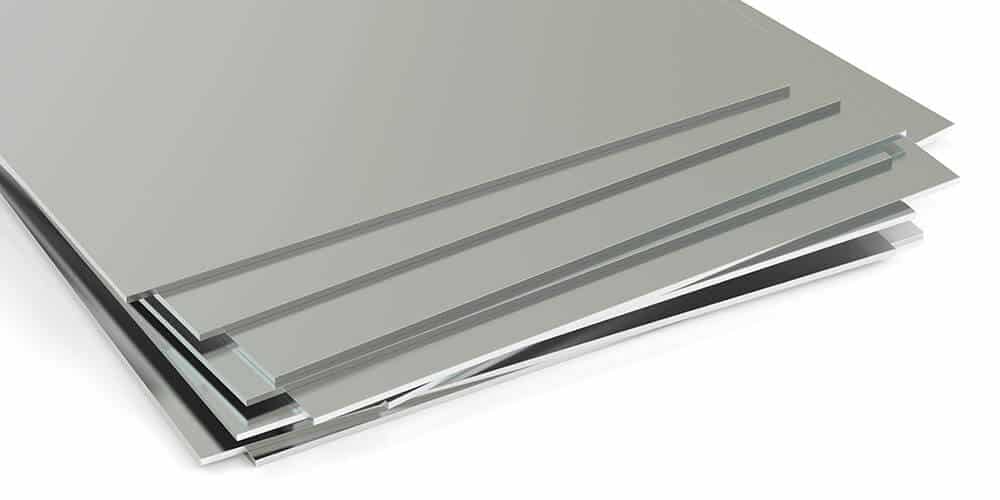Aluminium plates are versatile materials widely used across various industries due to their unique combination of properties. These flat, thin sheets of aluminium come in varying thicknesses and sizes, tailored to meet specific application requirements.
One of the primary uses of aluminium plates is in the aerospace industry. Their high strength-to-weight ratio makes them ideal for constructing aircraft frames, panels, and components where weight reduction is crucial for fuel efficiency and performance. Additionally, aluminium’s excellent corrosion resistance ensures longevity and durability in harsh atmospheric conditions.
In the marine sector, aluminium plates are employed in the fabrication of ship hulls and structures. The material’s resistance to seawater corrosion and its lightweight nature contribute to improved vessel performance and reduced maintenance costs.
The construction industry also benefits from aluminium plates, utilizing them in building facades, roofing, and cladding systems. Their malleability allows architects to create innovative designs, while their reflective properties contribute to energy efficiency by reducing heat absorption.
Manufacturing equipment and machinery often incorporate aluminium plates due to their ease of fabrication and machinability. They are used in creating molds, jigs, and fixtures where precision and durability are required.
Furthermore, aluminium plates are prevalent in the automotive industry for making body panels and engine components. The reduction in vehicle weight achieved by using aluminium contributes to lower emissions and better fuel economy.
In summary, aluminium plates play a critical role in modern industry, offering advantages like light weight, corrosion resistance, and versatility. Their applications span from aerospace and marine engineering to construction and automotive manufacturing, making them indispensable in advancing technology and infrastructure.
